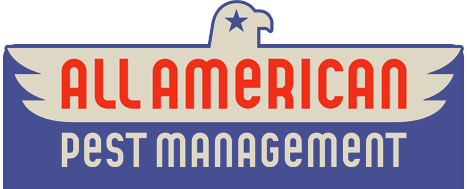Getting a Squirrel Out of the Attic
Do you suddenly wake up in the middle of the night to the pitter-patter of tiny paws above your ceiling? Scurrying, scratching, and sounds of small objects (acorns) rolling around your attic may mean that squirrels have moved in. Other telltale signs of squirrel “squatters” are small, foul-smelling pellets with rounded ends littering your property (rat poop has pointed ends, while squirrel poop is a sphere).
If you suspect that squirrels are nesting under your roof, it’s time to take action. Learn ways you can humanely remove squirrels—and prevent their return.
Squirrels love attics because they are uninhabited, warm, dry, high up, and protected from predators. But the most important reason for squirrels to hide out in attics is to have babies. Once they take up residence in your attic, they will use their urine to mark the space as their territory. In spacious attics, they will use one end as a nesting area and the other end as a latrine. There’s also plenty of room to stash their food supply of nuts.
These innocent-looking pests are agile jumpers and destructive chewers, which is why they can get into attics so easily. When squirrels want to get into an attic, they can push in bricks on chimneys, climb brick or stucco buildings in seconds, pull apart terracotta and slate roofs, chew through shingles, wood, aluminum, and high, hard-to-reach parts of the roof, and squeeze themselves through holes or missing fascia boards along the roofline.
There are preventable measures from keeping squirrels out of your attic. You will want to make your attic extremely unattractive and uncomfortable for nesting squirrels. To do this, immediately remove bird feeders as a food source from your property, place squirrel-proof bird feeders far away from your house, or trick the animals from climbing them, secure the garbage cans to limit more sources of food, and cut the tree limbs back around the house so squirrels do not have easy access to the roof.
If you’re too late and squirrels have taken up residence upstairs, shoo them away by creating a whirlwind of activity in and around your attic. Squirrels dislike when their space is inhabited or too loud. Try these steps before using any commercial squirrel repellents (which are typically formulated with predator urine):
Make noise by banging on the ceiling and rafters with a broom handle or your hands.
Talk and yell loudly into the attic or near the ceiling to startle them.
Bang pots and pans together near the ceiling or at the entrance to the attic.
Turn on a radio, television, or other ongoing music or sound and leave it playing day and night and it’s better yet if you can leave it on in the attic.
Turn on a bright spotlight or strobe light in the attic and leave it on night and day.
Soak rags in cider vinegar and place them in the attic (they hate the smell).
Place mothballs around the attic (they are repelled by that smell, too), but only if young children or pets cannot reach the space or inhale the fumes.
If the squirrels refuse to leave, it may be because they do not want to leave their babies behind. In this case, you can call in a professional to relocate the family safely and humanely. You can sleep soundly knowing the family is gone, but you will also need to immediately inspect and close all possible entry points the squirrels may have used to gain access to your attic.





